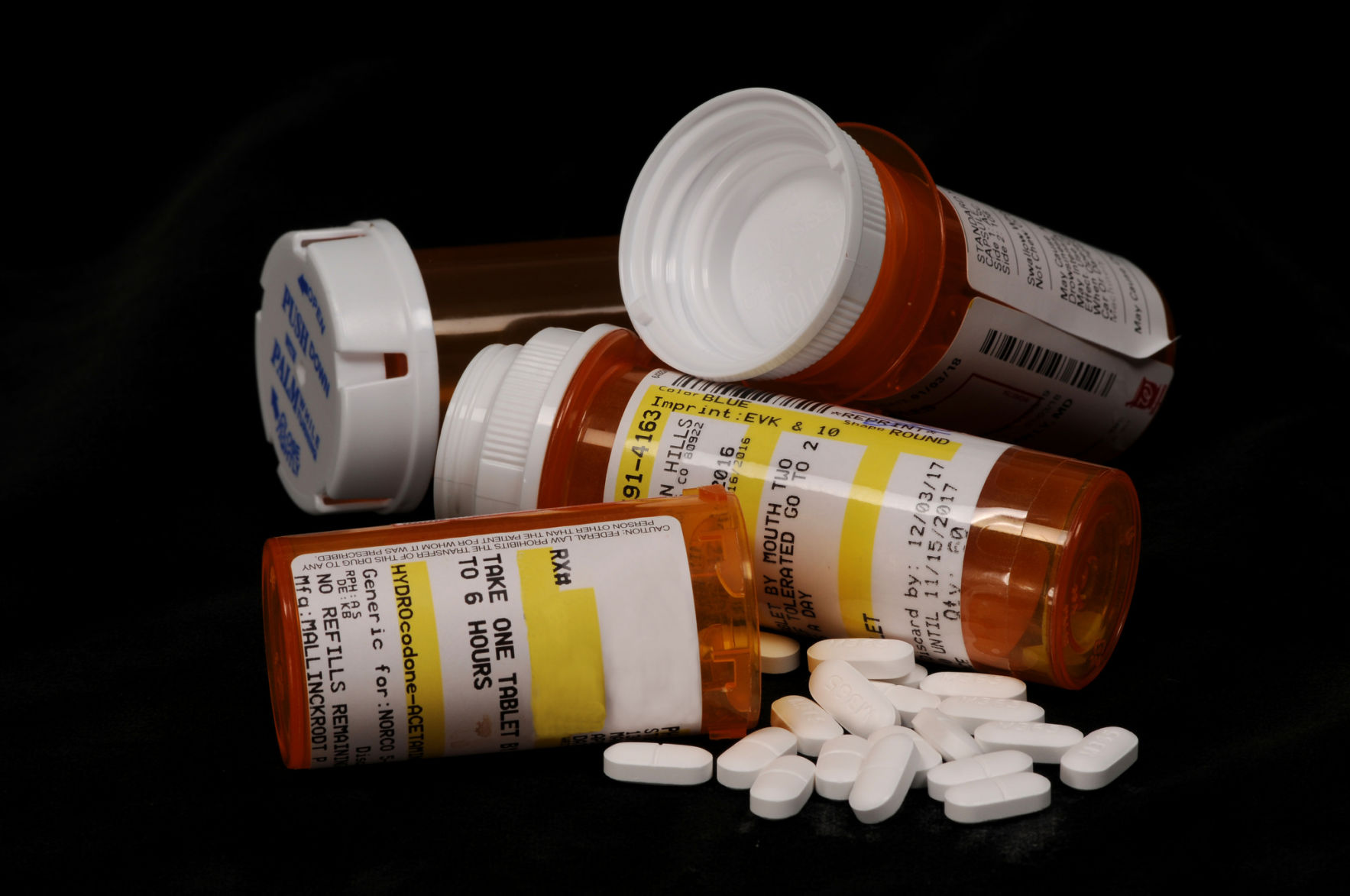With no shortage of news coverage about the opioid crisis affecting people from every socio-economic level in communities large and small across the country, it’s helpful to step back and take a look at exactly what opioids are, the risks and how to respond whether they’re a problem in your home or your community.
Erin Yelland, Kansas State University assistant professor, has developed a fact sheet and an “Extension Ed Talk” which provides a 25-minute presentation, all on the opioid crisis.
Opioids are a class of drugs that include powerful prescription pain relievers, including oxycodone, codeine, morphine, and fentanyl, and the illegal drug heroin. The prescription drugs can be an important part of treatment and are commonly prescribed by doctors for pain. They also carry the significant risk for addiction and overdose because of the euphoria they create and the tolerance that occurs after repetitive dosing.
From 1999 to 2015, the amount of prescription opioids dispensed in the United States nearly quadrupled, yet there has been no verifiable change in the amount of pain that Americans report, according to the U.S. Centers for Disease Control and Prevention. At the same time, there has been a dramatic increase in prescription opioid misuse, abuse, overdoses and deaths.
Opioids in Kansas
A recent report from the CDC highlighted 220 counties from across the nation that are at a disproportionate risk for vulnerability related to opioid abuse and overdose. Kansas has four counties on that list – Woodson, Allen, Wilson and Rawlins. Although Kansas did only have four counties on the list, it should be noted that 24 states did not even make the list. Twenty-five percent of patients prescribed opioids for pain misuse them and 115 Americans die each day from an opioid overdose. Now is the time to empower our communities to be proactive in their own healthcare, seek out appropriate alternatives if opioids are not a good fit, educate families with the skills to recognize addiction and overdose, and provide community leaders and stakeholders with tools to reduce the impact of the opioid crisis on our local communities.
- Steps individuals and communities can take to address the crisis:
- Host a community drug take-back day;
- Set up or locate where your secure prescription drug drop-off site is;
- Educate the community;
- Host an opioid town hall meeting;
- Consider enrolling in a Chronic Pain Self-Management Program;
- Create a multidisciplinary task force;
- Expand access to evidence-based substance abuse treatment; and
- Talk about it.
Find the full factsheet at www.wildcatdistrict.ksu.edu or for additional information, contact the Wildcat Extension District including Crawford County at 620-724-8233; Wilson County at 620-378-2167; Labette County at 620-784-5337; Montgomery County at 620-331-2690; or the Pittsburg Office, Expanded Food and Nutrition Education at 620-232-1930. Our website is http://www.wildcatdistrict.k-state.edu/ or follow us on Facebook: Wildcat Extension District.



